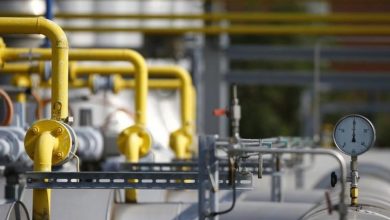GDP and GMP: What’s the Difference?

Traditionally, the control and regulation of medicinal products has remained dependent on supranational and national guidelines covering good manufacturing practices, or GMP. The overall quality of these medicinal products could, however, be affected by the myriad of activities and inadequate control that occur during the process of distribution. The necessity for the development, establishment, and maintenance of a competent control system has not been well understood, resulting in differences in handling requirements and documentation practices between organisations.
What Is Good Distribution Practice?
This is where the good distribution practice, or GDP, of medicinal products comes in. Similarly to GMP, GDP is controlled and regulated by both supranational and national guidelines. Good distribution practice in Singapore is reliant on a series of quality systems that are operated and interconnected by distributors and wholesalers of pharmaceutical drug products.
GDP systems ensure the following:
- Appropriate conditions of storage are maintained at all times while ensuring the continued movement of goods between distribution networks.
- Contamination of other products is avoided.
- Stocks are rotated appropriately.
- All products in the distribution chain are stored in secure and safe areas.
- Facility systems should enable workers to find and recall items rapidly when necessary.
- Effective systems should be in place to ensure that the correct products are delivered to the correct locations within a specified time period.
The Difference between GDP and GMP
The obvious difference between GMP and GDP is that GDP deals with the wholesale distribution of medicines rather than the manufacture. There is some overlap between the two in areas such as monitoring and controlling complaints, problems, and recalls as well as maintaining product quality after a batch has been released from its manufacturing site.
- Quality Management: Similar to recent updates to GMP, GDP now holds requirements for senior management. These include requirements to provide suitable equipment and premises, to ensure sufficient competent personnel, and to conduct Management Review Meetings.
- Personnel: The main difference here surrounds the use of a Responsible Person (RP) as opposed to GMP’s Qualified Person (QP). In contrast to a QP, a RP doesn’t have the right to certify release of batches.
- Equipment and Premises: Here, there are a lot of similarities with GMP although GDP does have additional requirements for the increased control of medicinal products deemed “special” in addition to intruder alarm systems, thermally-mapped storage areas, calibration of medicinal equipment, and the storage of personal data.
- Operations and Transportation: GDP contains much more detail on the approval of customers and suppliers as well as the supply and export of stock, the control of returned medicinal products, and the overall care of products during transport.
- Broker Provisions: Completely unique to GDP, this section covers the selling and buying of products without physically handling them.





